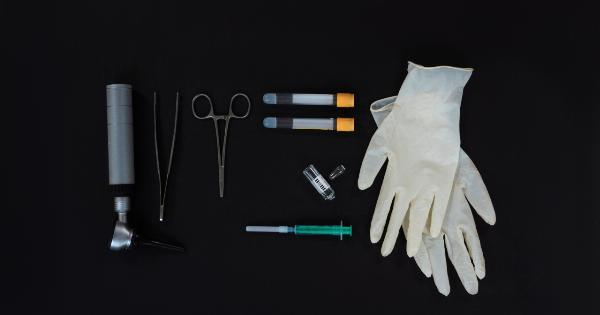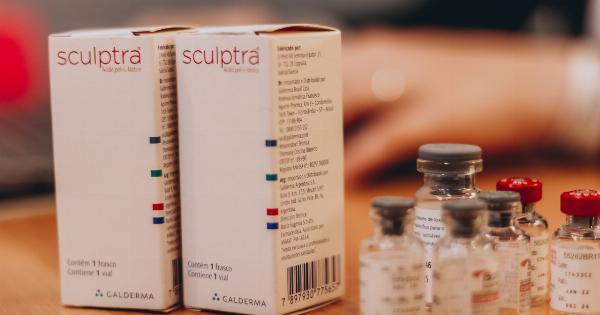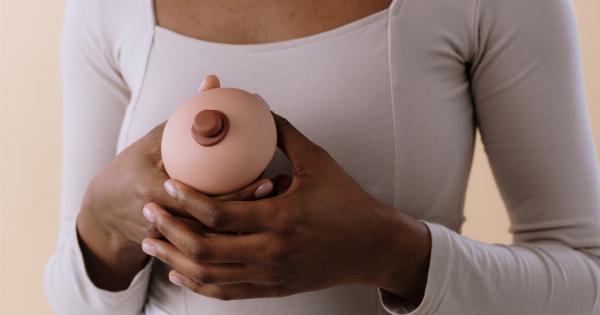For many women, a mastectomy can be a traumatic event. It can feel like the loss of a part of their identity, and for many, the loss of their breasts can be a particularly difficult experience.
Breast reconstruction surgery is a powerful tool that can help women regain their sense of self and feel more confident and comfortable in their bodies after a mastectomy.
What is Breast Reconstruction?
Breast reconstruction is a surgical procedure that is designed to restore the shape and size of a breast after a mastectomy.
There are many different techniques that can be used to perform breast reconstruction, but the ultimate goal is to create a breast that looks as natural as possible and closely matches the size and shape of the woman’s remaining breast.
Why is Breast Reconstruction Important?
Women who undergo a mastectomy often experience a loss of confidence and self-esteem as a result of the changes to their body.
Breast reconstruction can help to alleviate some of these negative feelings and allow women to feel more comfortable and confident in their own skin. It can also help to restore physical balance and symmetry, which is important for many women to feel good about their appearance.
Types of Breast Reconstruction
There are several different types of breast reconstruction, including:.
1. Implant-based reconstruction
In this type of reconstruction, a saline or silicone implant is inserted into the chest to create the appearance of a breast.
This procedure is typically done in two stages, with the first stage involving the placement of a tissue expander and the second stage involving the placement of the implant. This type of reconstruction is a good option for women who do not have enough tissue available for a flap reconstruction.
2. Flap procedures
Flap procedures involve taking tissue, muscle, and skin from another part of the body, such as the abdomen or back, and using it to create a new breast.
There are several different types of flap procedures, including TRAM, DIEP, and latissimus dorsi flap procedures.
3. Combination procedures
Combination procedures involve using a combination of implant-based and flap techniques to create a breast that looks and feels natural.
Benefits of Breast Reconstruction
There are many benefits to breast reconstruction, including:.
1. Improved self-esteem and body image
Many women who undergo breast reconstruction report feeling more comfortable and confident in their own skin. This can lead to improved self-esteem and body image, which can have a positive impact on overall quality of life.
2. Increased physical comfort
Women who undergo breast reconstruction may experience improved physical comfort, particularly if they have had a unilateral mastectomy and have been experiencing back pain or discomfort due to the weight distribution imbalance.
3. Recurrence detection
Breast reconstruction can also make it easier to detect recurrent cancer in the breast tissue or implant. This is especially important if a woman has a family history of breast cancer or has previously had cancer in one breast.
4. Symmetry restoration
Breast reconstruction can help to restore physical balance and symmetry, which is important for many women to feel good about their appearance.
Risks of Breast Reconstruction
As with any surgical procedure, there are risks associated with breast reconstruction. These include:.
1. Infection
There is a risk of infection following breast reconstruction surgery, particularly if an implant is used.
2. Blood clots
There is a risk of blood clots forming after surgery, which can be dangerous if they travel to the lungs.
3. Wound healing problems
Women who undergo breast reconstruction may experience problems with wound healing, particularly if they have had radiation therapy.
4. Poor cosmetic results
In some cases, women may not be happy with the results of their breast reconstruction surgery. It is important to have realistic expectations and to discuss any concerns with your surgeon before undergoing the procedure.
Recovery from Breast Reconstruction
Recovery from breast reconstruction depends on the type of procedure that was performed. In general, recovery times can range from a few weeks to several months.
Women who undergo reconstruction with tissue flaps may have a longer recovery time than those who have implant-based reconstruction.
Final Thoughts
Breast reconstruction can be a powerful tool for women who have undergone a mastectomy. It can help to restore physical balance and symmetry, and can also lead to improved self-esteem and body image.
If you are considering breast reconstruction, it is important to speak with your surgeon to determine the best option for your individual needs.





















